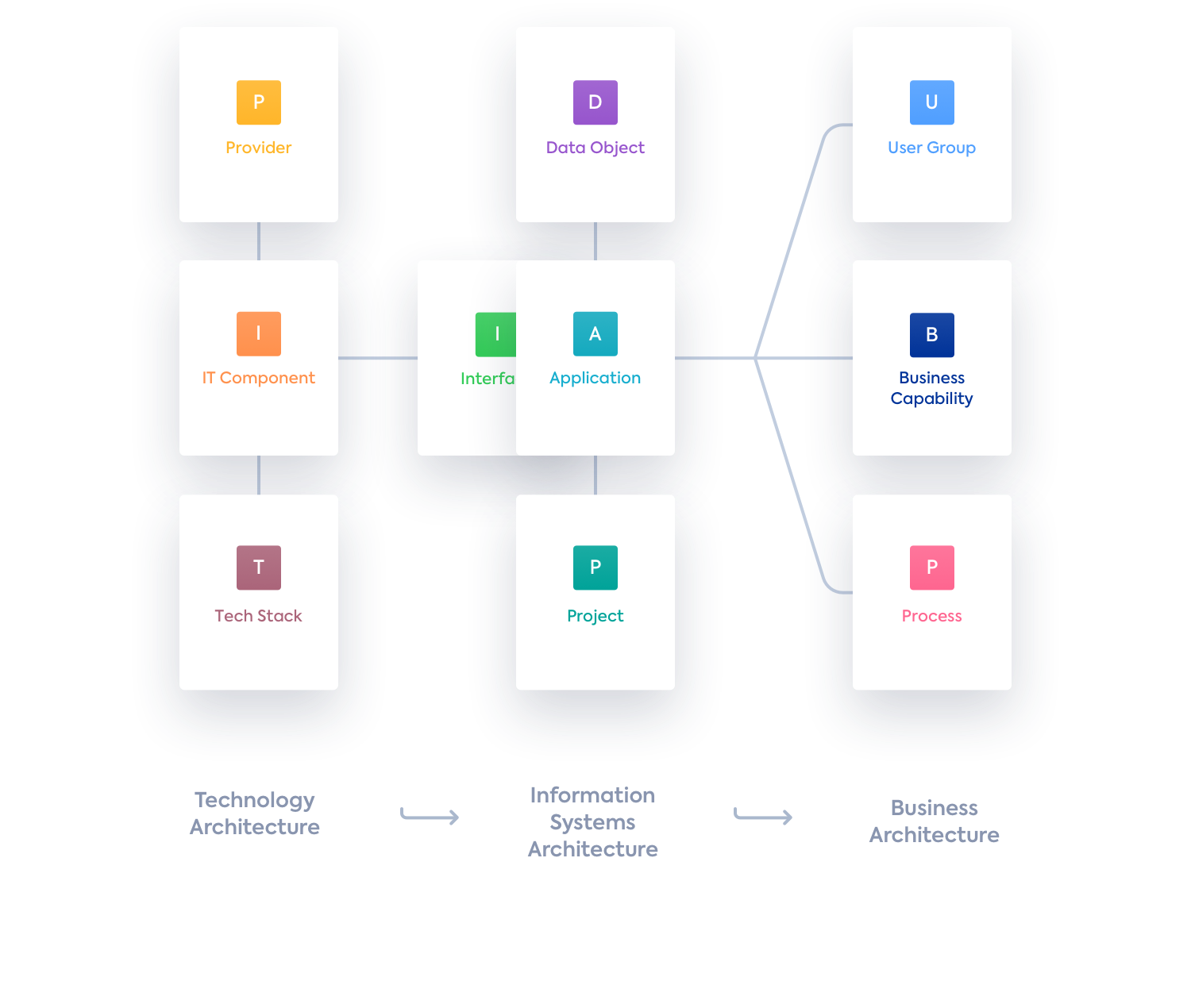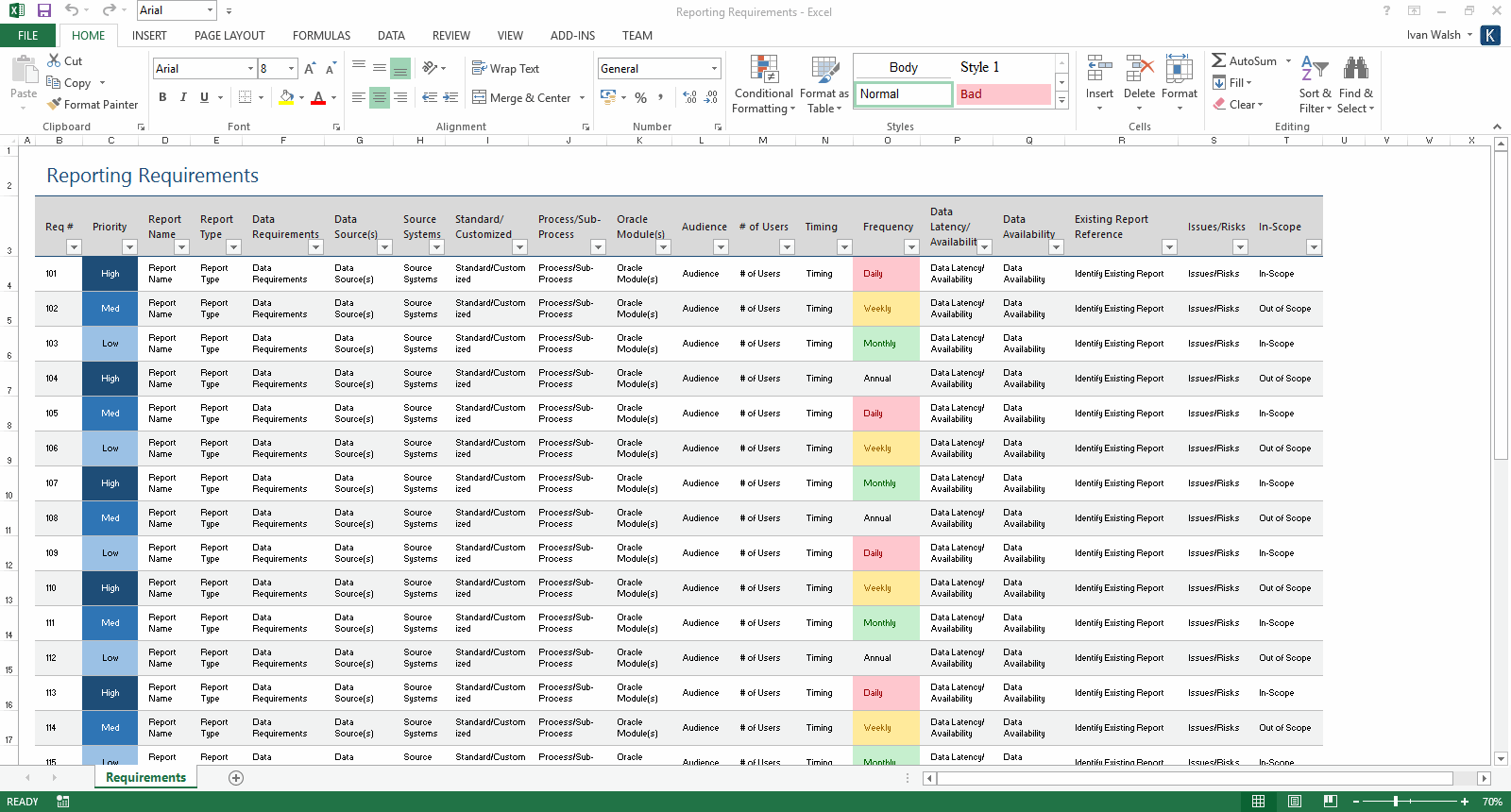

If the users do not give sufficient time for performing a task during the exercise, then the system or product can be off from what the user requirement is. Discrepancy in the pace of performing the task Complex findingsĭepending on whether the task analysis method is cognitive or hierarchical, the findings may be complex and not that easily analyzable. Online tools may help is recording data but actual observation will happen when the researcher is present at the time the task is being performed. If the task analysis were performed with a large sample of participants, the activity would be time consuming.

This method also helps figure whether there is a difference between the way the user actually performs the task and the way the user says they perform the task.ĭisadvantages of Task analysis 1. Determine gaps between set processes and actual steps in performing a task Task analysis helps to highlight the practical aspects that come into play when a user is performing a task. Task Analysis can be conducted at any stage of the product or service development but the earlier it is conducted, the better. Task Analysis also gives an indication of the user’s environment and whether or not the environment is conducive to perform the task. High level understanding of user environments Task analysis allows the researcher to not only understand the participants end goals but also their competence in performing the task, the triggers that lead to the task, the triggers that disrupt the user’s flow during the task as well as the tools the user employs to perform the task. Great understanding of users and their end-goals There could be different researchers involved in decomposing the task, the one observing the participants performing the tasks and the one analyzing findings.Īdvantages of Task analysis 1. If undertaken at an earlier stage, the results can help identifying crisp improvement areas in terms of user experienceĭepending on the degree of decomposition, the data obtained will be detailed or basic. To Understand the performing of subtasks and analyze the complex tasks based on the participants performing the subtasks. Qualitative nature of this type of task analysis may not give accurate findings or rather clear findings.


 0 kommentar(er)
0 kommentar(er)
